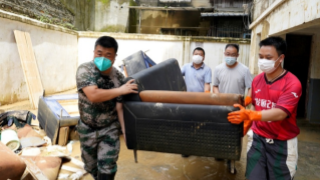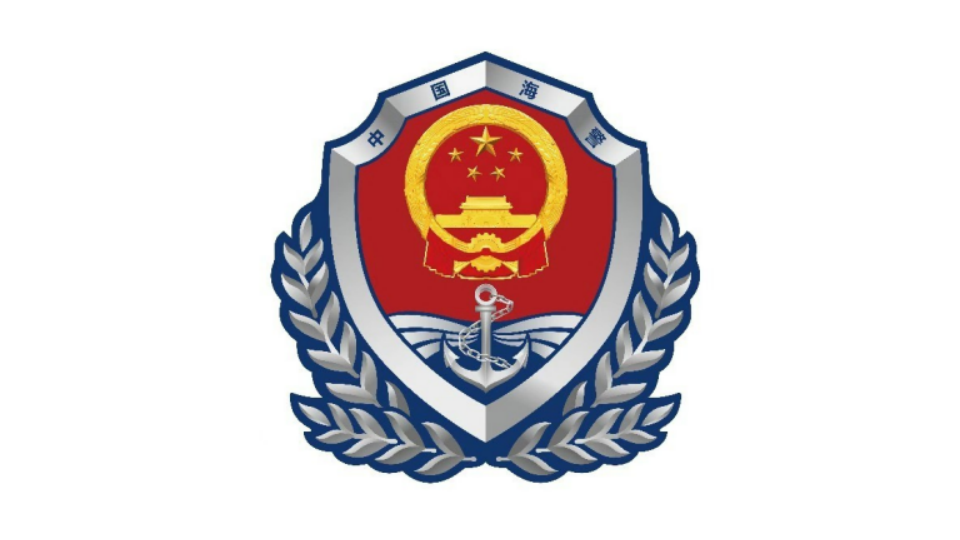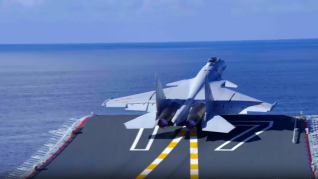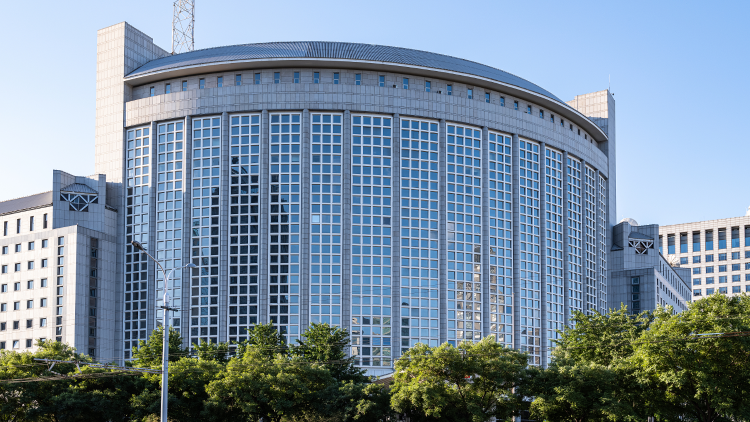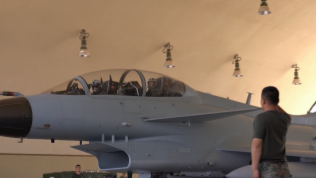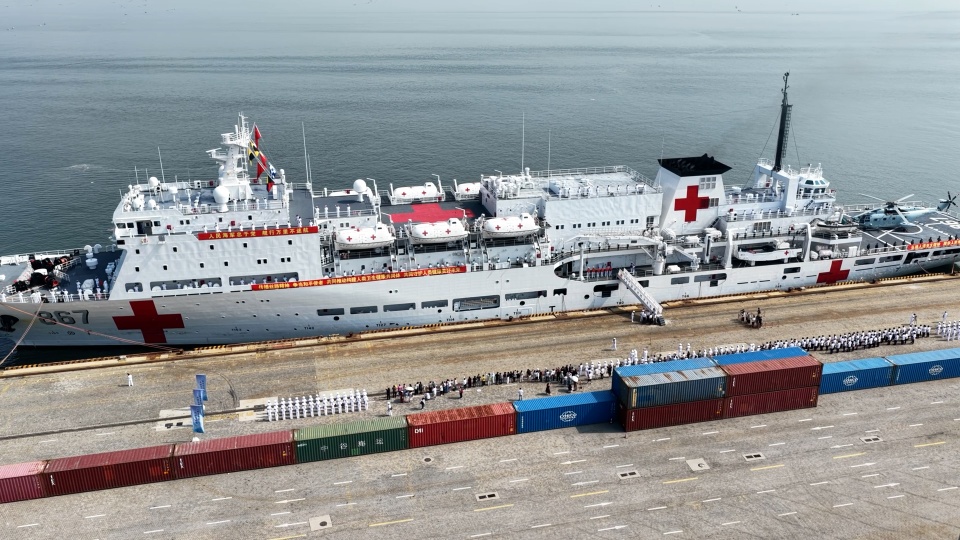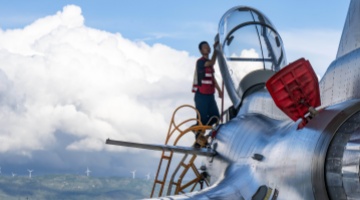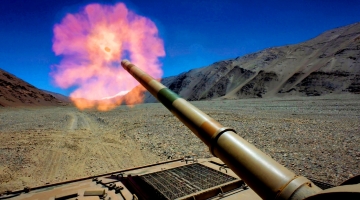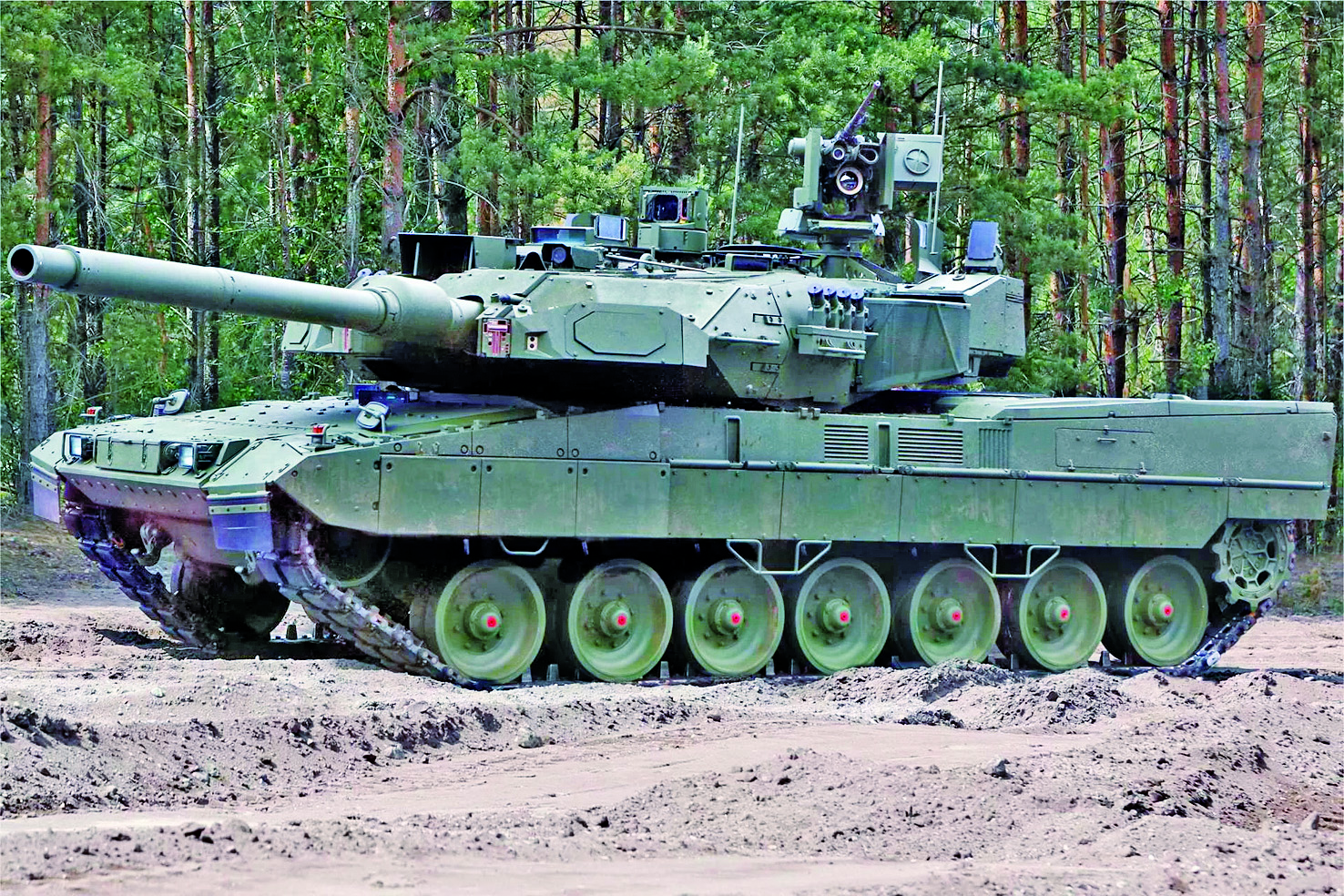
The photo shows the Leopard 2A8main battle tank (MBT)manufactured by Germany.
Recently, a multi-billion-euro equipment procurement plan of Germany has drawn widespread attention. The plan covers the purchase of 1,000 Boxer armoured transport vehicles, 600 Leopard 2A8 main battle tanks, and a large number of Puma infantry fighting vehicles. This represents one of Germany's largest rearmament programmes since the end of the Cold War, reflecting a reassessment and adjustment of its military strategy.
Adjustment of Defence Strategy
For a long time, shaped by the lessons of the 20th century, Germany's defense strategy has centered on military restraint and multilateralism. In recent years, however, Germany hasreassessed its security environment, holding that the likelihood of armed conflict on its soil is rising and urgent countermeasures are needed. In March this year, the German Federal Ministry of Defence released the Annual "Wehrbeauftragte" Report 2024, which states that the German Army must be capable of completing forward deployment within 48 hours and maintain sustained combat capability.
However, there is a clear gap between the current state of the German Army and theabove target. According to reports, of the Army's 313 main battle tanks in service, only about 30 percent have been modernized; nearly 40 percent of its infantry fighting vehicles are aging Mardermodels first designed in the 1970s. Meanwhile, the digitization level of the logistics system lags behind, resulting in a persistently low equipment readiness rate. A shortage of personnel also means that many combat units are incomplete and fail to meet required combat readiness standards. This reality has driven Germany to rethink the future role and development priorities of its army.
Launch of a Procurement Plan
To accelerate the army's transformation, Germany has unveiled a large-scale procurement programme. A key component of this plan is the acquisition of 600 Leopard 2A8 MBTs. This model is an upgraded version of the Leopard 2A7V, featuring the TROPHY Active Protection System (APS) designed to intercept anti-tank weapons, significantly enhancing its survivability on complex battlefields. Equipped with a third-generation thermal imaging system, reinforced composite armour and a digital battle management system, the Leopard 2A8 surpasses the German Army's current comparable assets in situational awareness, lethality and network coordination.
The Puma infantry fighting vehicle is designed to support heavy units in combat and offers robust protection. Fitted with high-performance add-on armour at key points, it can withstand attacks from anti-tank weapons, medium-calibre arms, improvised explosive devices, and explosions from mines or small bombs weighing over 10 kilograms. Its remote-controlled turret is armed with a 30mm autocannon capable of striking various targets within a 3,000-metre range, and it can operate in coordination with the Leopard 2 series MBTs.
The Boxer armoured transport vehicle serves as the core equipment for medium mechanised units.It features a modular design that allows it to perform multiple roles, such as infantry transport, command and control, and battlefield medical evacuation, by swapping mission modules.
Facing Multiple Challenges
On one hand, Germany has difficulty in maintaining domestic fiscal balance. In March this year, Germany amended the debt brake clause in its Basic Law, establishing a €400 billion defense fund and allowing no ceiling on defense spending. Sustained increases in defense expenditure will inevitably squeeze funding for other public sectors such as education and healthcare, which may trigger domestic tensions. Moreover, whether such high levels of defense spending can be maintained over the long term remains highly uncertain.
On the other hand, the capacity of the German defense industry may not satisfy the needs. In the decades following the end of the Cold War, Germany and Europe's defense industrial chains gradually adapted to a low-speed, small-batch production model. The production of several hundred main battle tanks and over a thousand armored vehicles in a short period will not only test the production capacity of prime contractors like Rheinmetall but also place significant pressure on numerous subcontractors. In addition, Europe's defense production remains highly dependent on global supply chains and has relatively low resilience. Any disruption in the supplychain could lead to production delays.





